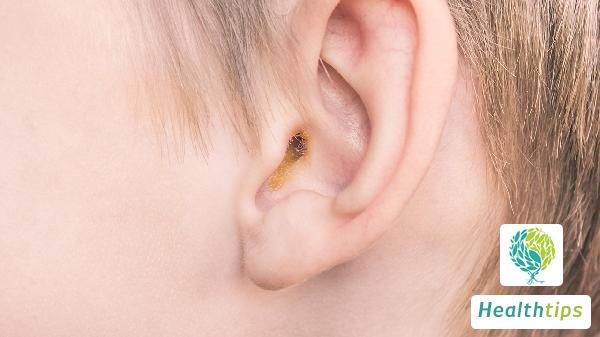What Should I Do If I Can Pick Off Large Flakes of Dandruff?
For most people, simple remedies for dandruff, such as maintaining scalp cleanliness, can easily restore the condition. However, some individuals may suffer from fungal infections on the scalp, like Malassezia infections, leading to pityriasis capitis, which requires treatment.

If there is a lot of thick dandruff on the scalp, accompanied by red patches, hair clustering, and rashes on other parts of the body, one should actively seek medical diagnosis to check for psoriasis.
If the scalp has a lot of dandruff, greasy hair, dry hair, and red patches, it may be considered seborrheic dermatitis.
If the scalp develops scales that are fragile and turn into powder with slight rubbing, one should consider having pityriasis amiantacea.
Tinea capitis can also cause excessive dandruff, most commonly tinea alba, but it may also be accompanied by hair loss. A fungal test at the hospital can confirm a positive result, and the diagnosis and treatment of the disease are not difficult.
Dandruff on the hair poses significant harm to individuals. Hair is one of the important factors contributing to external beauty. If the hair is covered with a lot of dandruff or even falling out, it can severely affect one's appearance. Therefore, do not ignore the issue of dandruff, especially for those with severe dandruff. It is best to visit a hospital for a check-up. If diagnosed with a scalp disease, treatment should be started as soon as possible.
Generally speaking, the main causes of dandruff include seborrheic dermatitis, tinea capitis, psoriasis, and specific scalp dermatitis. The use of unqualified hair care products, vitamin A and vitamin B6 deficiency, insufficient sleep, seasonal changes, excessive sebum secretion, smoking and drinking, and consuming irritating foods are also reasons for excessive dandruff.



















